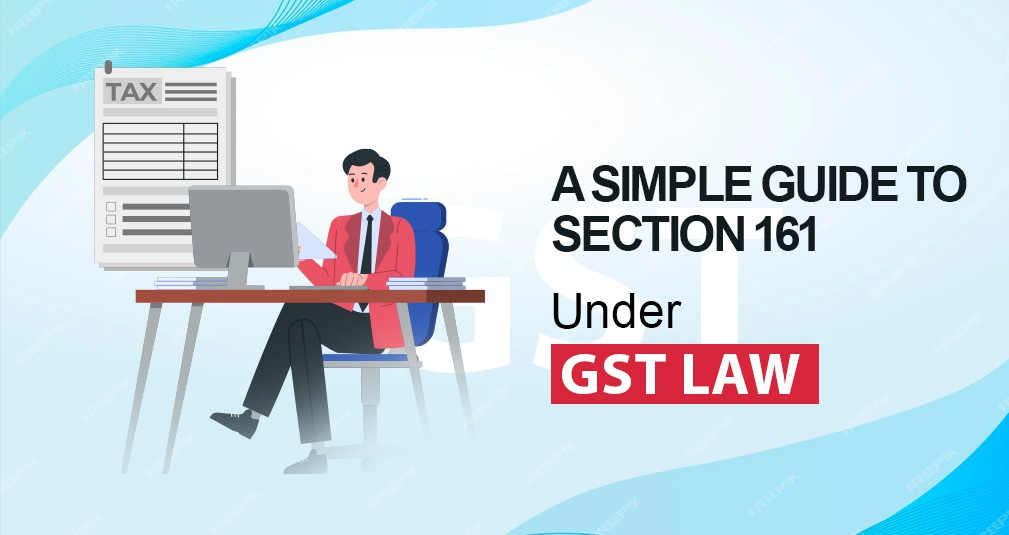
Provision for Aadhaar Authentication in GST Registration
The process of submitting Aadhaar number and other biometric details belonging to the Aadhaar Holder is called Aadhaar Authentication. These details are submitted to Central Identities Data Repository (CIDR) for the verification of the user for the specific act. The verification by the CIDR is based on the correctness & legitimacy of the data available.
The major reason behind the Aadhaar Authentication is to make an online platform available for the Aadhaar Holders who may validate their identities anywhere anytime. This process will lead to identifying any malpractices occurring, under the Goods and Services Tax Law, in this case.
Aadhaar Authentication under the GST Law for Registration:
Every applicant is eligible to opt for Aadhaar authentication at the time of GST Registration, with the exception of persons exempted from it by the Central Government under the CGST Act. After 21st August 2020, the rule to opt-in or not for the authentication of Aadhaar has been applicable for applicants.
The applicants are required to submit their Aadhaar number along with the registration application under GST, those who opt for Aadhaar Authentication. Furthermore, they will be required to e-verify the procedure on the GST portal with the help of an authentication link that is sent to the applicant’s mobile number via text SMS and the email ID linked to the Aadhaar. It will be consisting of an OTP that needs to be entered on the GST Portal and then it will get validated electronically.
Who must mandatorily do Aadhaar Authentication?
According to the Rule 8 of the CGST Act, the following individuals are required to proceed with Aadhar Authentication to be eligible for Registering Under GST:
- All types of Authorized Signatory
- In the case of a Partnership Firm, managing or authorized partners
- In the case of Hindu Undivided Family (HUF), the Karta
Exceptions:
The only exception exists if an individual is not a citizen of India or he is a person other than the one mentioned below:
- An Individual
- All types of Authorized Signatory
- In the case of a Partnership Firm, the managing partner
In the case of Hindu Undivided Family (HUF), the Karta
For more info, Visit us at:
Related News
No comments yet, Be the first to comment.













